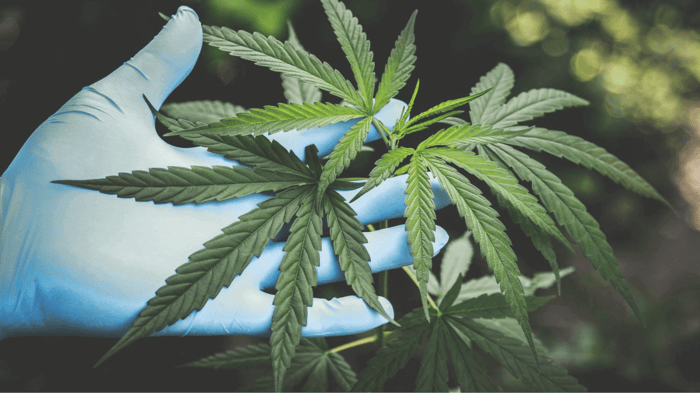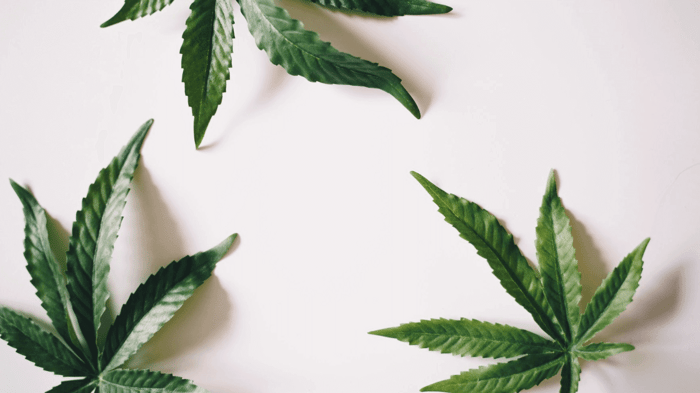01/13/2023
When you’re shopping for a CBD supplement, it’s always a good idea to know what you’ll be putting into your body. Manufacturers often use different ingredients and methods to create their products, and these CBD manufacturing processes can have significant effects on the final product’s flavor, purity, and potency.
While extraction methods might not seem important if you’re a light-to-moderate CBD consumer, how the CBD oil was made can dramatically impact your experience with the product. A high-quality CBD supplement will soothe your anxiety, relieve your pain, and help you drift off into a deep, restful sleep. A low-quality product may do little to nothing and wind up being a complete waste of your time and money.
Understanding how CBD oil is made can help you make the best decision about which product is best for your needs. That’s why we’ve put together this brief guide explaining the benefits and drawbacks of each common CBD oil extraction process.
Pros And Cons Of CBD Extraction Methods: Explained
In theory, there are numerous different ways to make CBD oil. In practice, however, most CBD manufacturers tend to choose one of the following options, because these methods have the best balance of cost, effort, time, and results. We’ll explain the benefits and drawbacks of each method, so you’ll be able to get a feel for a company’s priorities based on how they make their CBD products.
Though the solvents and extraction methods vary, all processes begin with intact biomass from the hemp plant — think flowers, leaves, and sometimes stems — and result in collections of oil that have been separated from the plant contents. The undiluted CBD oil will be further processed for purity, mixed with a carrier oil, and ultimately packaged and sold to consumers.
Steam Extraction
When you extract oil from plant matter, you typically must introduce an extra ingredient or force that releases the oil from inside the plant’s cells. This is true whether you’re making CBD oil from a hemp plant, formulating a skin cream from calendula flowers, or brewing peppermint tea with fresh leaves from your garden, for example. Unless you use a solvent or an extraction force, the best you can do is grind or press the oil out, which isn’t efficient or optimal for most applications.
The good news for herbalists on a budget is that the extra ingredient can be something as simple as steam. Steam is a popular option because it’s relatively simple and cost effective to set up a steam processing facility. In fact, it’s easy enough that you could do it at home on a small scale if you wanted to.
Manufacturers tend to choose steam processing to stay on a tight budget, but they sacrifice quality for the ease of not having to set up more complicated and pricey equipment. Steam extraction is very inefficient and requires far more plant matter to achieve the same amount of extracted oil as a more efficient solvent could extract. It can also lead to highly variable concentrations of CBD in the final product — making dosage unreliable — and can potentially damage some of the more heat-sensitive cannabinoids in full spectrum formulas.
If you’re purchasing a full spectrum CBD oil for its superior pain relief and anti-anxiety properties, you’re likely to find a steam-processed formula less effective than an oil extracted with one of the other methods.
Extraction With Alcohols And Hydrocarbons
Alcohols and hydrocarbons — ethanol and butane, most commonly — function as effective solvents when they’re used correctly. The infrastructure, equipment, and other supplies are easy to obtain and cost relatively little in comparison to a CO2 extraction facility, but this once again comes at the expense of quality.
Though you’d have a tough time distinguishing an ethanol-extracted formula from a CO2 extracted formula if the ethanol extraction was done perfectly, in reality there’s usually some telltale signs of impurities left over from an ethanol or a butane extraction process.
These solvents tend to bring some of the chlorophyll from the plant material into the final oil product, which can discolor the formula and give it an unpleasant taste. Chlorophyll won’t harm you if you ingest the oil, but it will certainly affect your user experience if you’re sensitive to flavors.
Worse, there’s a small risk of leaving some solvent behind in the final product if the extraction process isn’t finely tuned. Ethanol and butane, when left in the CBD oil, will denature the cannabinoids and degrade their potency and effectiveness.
Choosing an ethanol- or a butane-extracted CBD product isn’t necessarily a bad move, because these can be great, low-cost methods under highly controlled conditions. When in doubt, do some research into the facility and its testing protocols to make sure you’re comfortable with the manufacturing process of the product you’re considering.
CO2 Extraction
CO2 extraction reliably produces the highest quality CBD oil of the methods on this list, and it does so in a safe, environmentally friendly way. CO2 extraction requires the least amount of plant matter because it is highly effective at pulling out active cannabinoid oils, and it results in a high-potency, evenly concentrated formula perfect for measuring out consistent doses.
Unlike ethanol and butane, which remain in the oil solution unless carefully filtered out, CO2 turns to gas once the process has finished and the oil sits at a regular temperature and pressure for a while. Since CO2 evaporates so cleanly back into the atmosphere, there’s no pollution discarded into the environment and nothing left to denature or degrade the formula. The consistent result is pure, uncontaminated cannabinoid oil ready for the next processing steps.
Manufacturers enjoy another benefit of CO2 extraction over other methods. The finely tuned machinery used in CO2 extraction allows for precise control over the process from beginning to end. This precision again leads to higher-quality products passed on to the consumer.
The downside to CO2 extraction is that it’s the most expensive of the popular methods. A CO2 extraction facility requires an extensive investment in equipment and infrastructure before it can begin processing plant matter. These high up-front costs are too much to handle for many manufacturers.
You may see the higher production costs reflected in the price tag while you’re comparison shopping. But rest assured, if finding a quality product is your top priority, you can’t go wrong with a CO2 extracted oil. This is especially true if the manufacturer has placed testing details and resources for further information on the label. In general, the more effort and transparency a manufacturer puts into a product, the more you can trust that the CBD oil will be effective and pure.
Butler Hemp Co. prioritizes product quality and consumer safety above all else.
Because we believe so highly in the purity, safety, and quality of oils made from CO2 extraction, Butler Hemp Co. uses only CO2 extracted oils in all of our CBD products. These oils are processed on-site at our sister company, Kancanna, where they undergo third-party quality testing multiple times throughout the process. Our facility also goes the extra mile to maintain CGMP compliance, so our customers can be assured of the quality and safety of our products.
Feel free to contact us with any questions about our manufacturing processes, testing protocols, or individual products, or shop for high-quality CBD tinctures, edibles, and topicals here.



